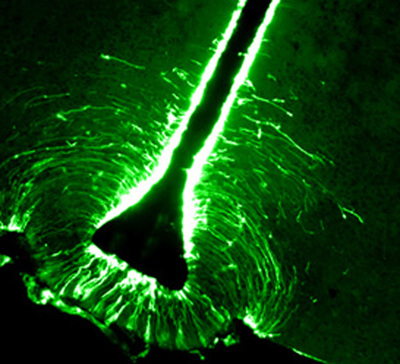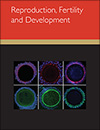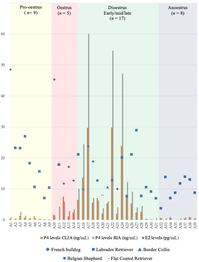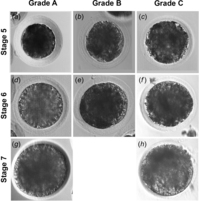Reproduction, Fertility and Development
Volume 35
Number 4 2023
Sirolimus is a selective immunosuppressant targeting the protein Raptor, but induces adverse effect such as female fertility disorders. We have deciphered the reproductive consequences of lowering the expression of Raptor in the central nervous system in mice. Female mice exhibited a 15% increase in the litter size, elevated expression of hypothalamic and pituitary hormones GnRH and FSH leading to a change in ovarian activity and the development of cysts.
In clinical practice, the stage of the oestrous cycle is based on clinical examination involving examination of the external genitalia, amount of vulval discharge, vaginal cytology and determination of progesterone concentration. Here, we report a revised comparison of histomorphology of ovarian and uterine tissues with clinical, endocrinological and vagino-cytological parameters. The results show that, given the histomorphological characteristics of reproductive tissues displaying great individual variations, the determination of oestrous stage must be interpreted with caution, if based solely on clinical evaluation.
This study evaluated the relationship of stage, grade and day of development of equine in vitro-produced (IVP) blastocysts to pregnancy and foaling rates after transfer. We found that speed of embryo development was associated with foaling rate, but embryo stage and, largely, grade, were not. Assessment of specific morphological features on an individual basis showed that some features of the bovine IETS system grading system did not relate to foaling rate. A novel, evidence-based equine-specific staging and grading system is proposed.








